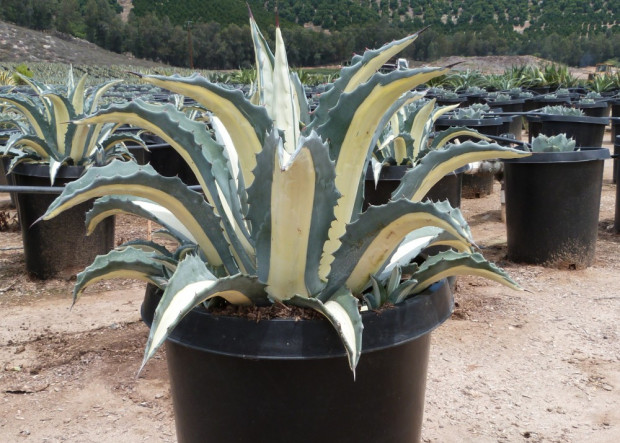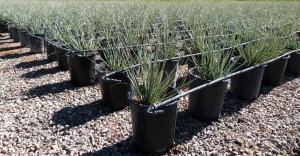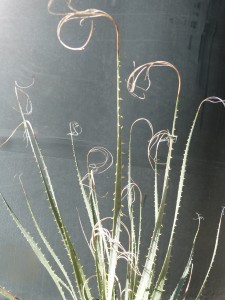Designing landscapes with creative focal points
Designing landscapes can be challenging as water restrictions and summer droughts are more common. Despite the need to make adjustments to our plant palette to meet growing water conservation needs, there are many low-maintenance specimen plants that are both attractive and practical.
Agaves are group of plants that come to mind when thinking about how to make a dry landscape look more interesting. Agaves are versatile and fit well into many different landscape design styles. As always, you will need to consider the scale of the design, as some agaves can grow rather large. Here are a few agaves that we love:
Octopus Agave (Agave vilmorinana) This beautiful, green-leafed agave has very ornate recurved leaves. Due to its tropical look, its a perfect specimen for mediterranean or coastal style gardens. Slowly reaching 3-6’ tall and 5-6’ wide it also makes a great focal point for seasonal containers and does not have spines like other agaves.
White Striped Agave (Agave americana var. medio-picta alba) One of the few variegated varieties available, this agave is a beautiful, sculptural focal point in traditional gardens as well as contemporary settings. This agave grows to 3-4’ tall and 4-6’ wide with a very upright look compared to other types of agaves.
Weber’s Agave (Agave weberi) Striking upright blue-green foliage is what sets this agave apart. This variety looks great in just about any setting, but be sure to give it some room. Weber’s agave can reach 6’ tall and just as wide with a flower stalk towering to 20’. Trimming the lower leaves off the trunk can add an even more interesting look to your design.
Twin Flowered Agave (Agave gemniflora) This agave is perfect for small-scale designs as it tops out at 2-3’ tall and wide. Twin flowered agave has a very symmetrical growth habit and makes a perfect specimen for desertscapes or Mediterranean style landscapes. Its fine textured dark green leaves have attractive white hairs on the margins, adding a unique aspect of texture to your landscapes.


